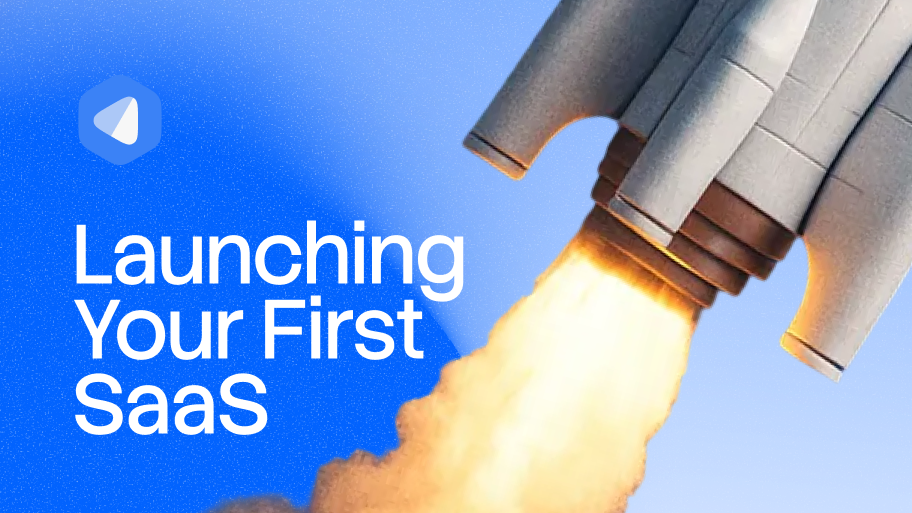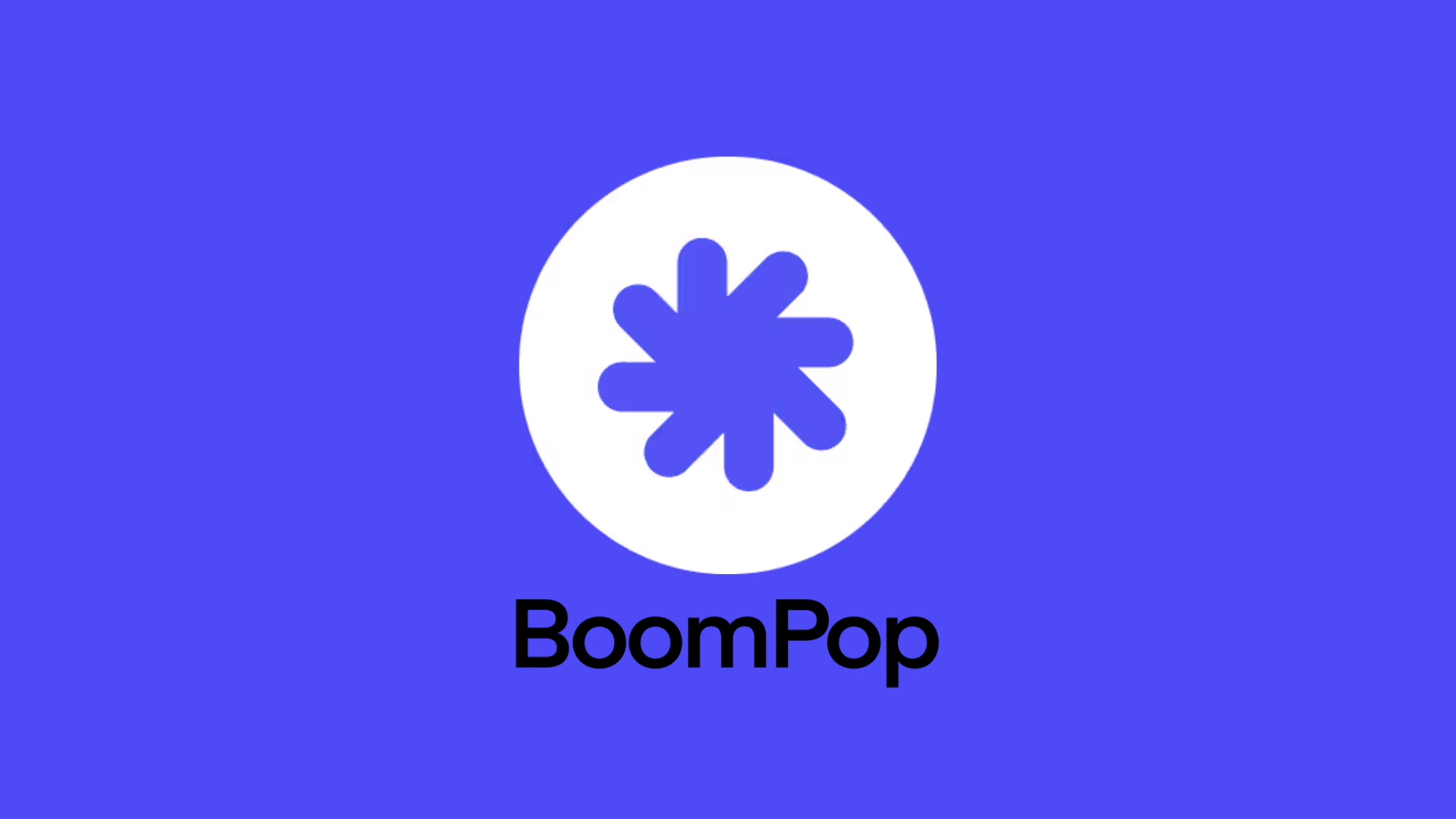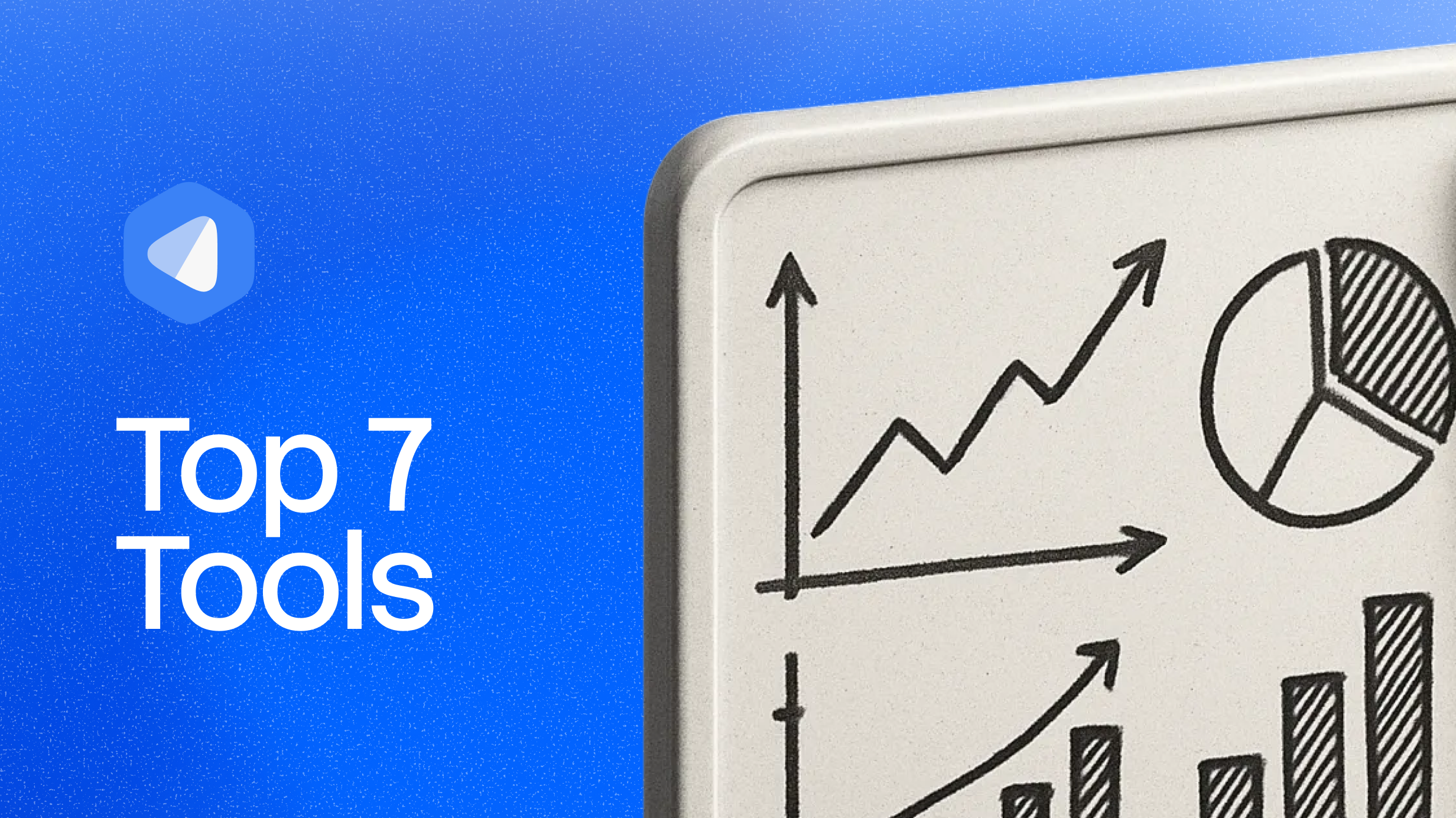Forget dropshipping, forget being a blogger — the single best way for achieving revenue in the modern digital economy is a SaaS side hustle. SaaS, or Software as a Service, is the business model that powers the digital world. Think of companies like Netflix, Slack, or Zoom. They sell access to software, not the software itself. This creates a powerful, predictable revenue stream called Monthly Recurring Revenue (MRR).
We’ll break down the entire journey, from understanding what SaaS is to finding your first paying customer and scaling it to $10K MRR.
What is a SaaS?
SaaS (Software as a Service) is software hosted entirely in the cloud, meaning it’s delivered and accessed over the internet, typically via a web browser.
Today, the cloud service model has expanded to encompass nearly every business niche, generating massive profits and consistent, high-value returns for SaaS companies globally. The SaaS market is expected to reach $774.3 billion by 2030, growing at a compound annual growth rate (CAGR) of 18.3%.
Benefits of a SaaS
The SaaS model offers powerful advantages for both the user and the solo founder. Understanding these benefits is crucial because they form the foundation of your marketing and pricing strategy.
• Compatibility (Broad Market): The model works for companies of all sizes and industries. Whether you target a massive enterprise or a tiny local business, the subscription model fits.
• Accessibility (Anywhere, Anytime): Since the product is cloud-hosted, it can be accessed from any device, anywhere in the world, as long as there is an internet connection. This is essential for the modern, remote-first workforce.
• User Experience (Convenience): Most modern SaaS interfaces are designed with a focus on simplicity and a broad audience. Even technically complex applications are often easy to use, requiring minimal IT knowledge.
Idea Generation
The biggest mistake new founders make is trying to build the next Facebook. Your goal is to find a microniche — a small, specific problem that a small group of people will happily pay to solve. This is the secret to a successful SaaS side hustle.
The best ideas often come from your own life and work experience:
-
Analyze Your Day Job: What tasks do you or your colleagues hate doing? What repetitive, manual process takes up too much time? If you’re a marketer, maybe it’s generating social media reports. If you’re a developer, maybe it’s setting up testing environments.
-
Look for “Disconnected Workflows”: Where do people use three different tools and a spreadsheet to complete one task? Your SaaS can be the single tool that connects them.
-
Identify “Excel Hell”: If a business process relies heavily on complex, error-prone spreadsheets, it’s a perfect candidate for a simple, automated SaaS solution.
Once you have an idea, you must check the competition. Your goal is not to beat the giants, but to find a blue ocean — a space where you can dominate a small niche.
The Niche Strategy: Micro-SaaS
Your SaaS side hustle should aim to be a Micro-SaaS — a small, focused application managed by one or two people, targeting a hyper-specific market.
-
Analyze the Big Players (Horizontal): Look at the large, general-purpose tools. They are too broad to solve your niche problem perfectly. Their complexity is your opportunity.
-
Find the Niche Competitors (Vertical): Search for tools that are similar to your idea. • If you find none: Great! You might be first. But double-check — is the problem too small, or is it truly a gap? • If you find a few: Even better! This proves the market exists. Look for their weaknesses:
While analyzing your competitors, pay close attention to the following aspects:
• Pricing: Are they too expensive for small businesses? You can target the budget market.
• Features: Are they bloated with features your niche doesn’t need? You can build a simpler, faster tool.
• UX/UI: Is their interface old and clunky? You can win with a modern, delightful design.
• Missing integration: Do they lack a crucial integration that your niche needs? You can build it in.
MVP Development
The Minimum Viable Product (MVP) is the version of a new product that allows a team to collect the maximum amount of validated learning about customers with the least effort. For a SaaS side hustle, this means building the absolute core feature that solves the customer’s main pain point and nothing else.
You don’t need to be a coding master to launch a successful MVP. The rise of no-code and low-code tools has leveled the playing field.
Step 1 - Define the Core Feature
What is the one thing your product must do? If your idea is a sales tax calculator, the MVP is only the calculator. No user profiles, no fancy dashboards, no email notifications.
Step 2 - Build Smart
When you’re trying to launch your first SaaS MVP, time to market is the most important metric — not writing every line of code from scratch. Even if you’re a developer (and especially if you’re not), there’s no reason to code everything by yourself.
Instead, the fastest path is to use a SaaS boilerplate — a pre-built, production-ready codebase that already includes core SaaS essentials (auth, billing, user management, admin area, basic UI) and a clean architecture you can extend.
Today, many high-quality SaaS boilerplates are even available for free; for example, LaunchPike is a free, open-source SaaS boilerplate that lets you deploy a working MVP in hours.
It includes everything you need to launch: built-in billing integrations (Stripe, UniBee), user auth, email sending (SendGrid), and a clean admin dashboard to control your app from one place.
To learn how to launch your SaaS MVP the smart way with LaunchPike, check out our dedicated article.
Step 3 - The “Fake It Till You Make It” MVP
Sometimes, the MVP is just a landing page with a “Sign Up” button that leads to a waiting list, or a simple form that triggers a manual process on your end. This validates demand before you write a single line of code.
Important: Never launch for free. Charging money is the ultimate form of validation. If someone pays you, you have a business. If they don’t, you have a hobby.
Lead Generation & Marketing
Now for the most exciting part: filling that product with users and securing your first revenue. Your ideal strategy will always depend heavily on your specific project — there’s no single magic answer that works for everyone.
However, we’ve distilled the process down to a few rock-solid, proven methods that work for almost any bootstrapped SaaS looking for its first paying customers.
Direct Outreach
This is the most effective, high-leverage method for landing your first 10 paying customers. It requires focus and personalization, but it delivers the highest quality feedback and revenue.
• Find Your Niche Hangouts: Start by identifying where your customers already congregate and discuss their problems. Find their specific niche forums, Subreddits, or industry groups. Your goal here is not to sell, but to listen first, join the conversation, and genuinely help people solve related issues.
• Targeted 1:1 Outreach: Once you have that deep understanding, you can engage in direct outreach. Forget broad campaigns; focus only on the 50–100 potential customers who perfectly fit your profile. When reaching out via email, craft a highly personalized message that opens directly with their pain point. Always offer immediate, tangible value — a free trial or a quick demo.
• LinkedIn for B2B: For B2B sales, direct outreach on LinkedIn is incredibly effective. Send a short, personalized message focused only on the one problem your SaaS solves for them, making the connection relevant to their current role or company.
Content Marketing
Create content that solves the problems your SaaS addresses.
Focus on SEO: use the high-intent keywords you found in your competitor research. Write guides, comparisons, and tutorials that naturally lead to your product as the solution. For example: If your product is a sales tax calculator, write “The Ultimate Guide to E-commerce Sales Tax in 2025.”
Once you have your first few paying customers, invest time in writing detailed case studies. Show potential clients exactly how your SaaS saved time, increased revenue, or solved a major pain point for a peer. This is the most powerful and effective form of social proof.
Conclusion
Now have the entire blueprint: from finding a niche problem to building an MVP and setting up outreach. The goal of hitting $10K MRR is absolutely achievable, not through massive investment, but through smart, consistent execution of these steps.





